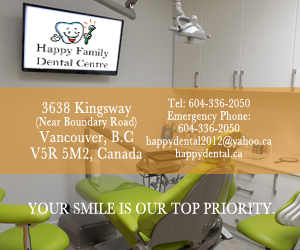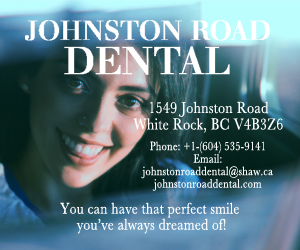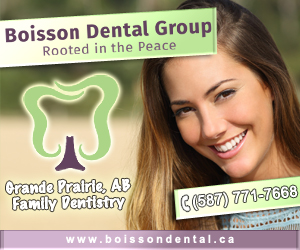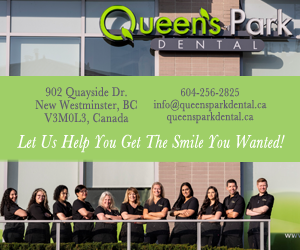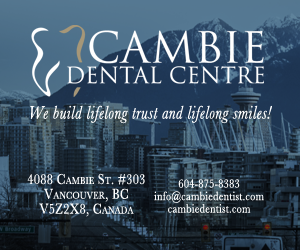Abcess
A local infection resulting in the collection of pus under pressure. A dental abscess may be caused by severe decay, trauma, or gum disease and will be characterized by swelling and pain. If an abscess ruptures, it will be accompanied by sudden relief from pain and a foul taste in the mouth.
Amalgum
A commonly used silver coloured filling made of a mix of silver, tin, mercury, and some other trace elements like copper.
Anaerobic
Bacteriawill be accompanied by sudden relief from pain and a foul taste in the mouth.
Anaerobic Bacteria
Bacteria that do not need oxygen to grow.
Bonding
The adhesion of layers of resin to the surface of a tooth to correct a cosmetic or functional deficiency.
Bridge
Artificial teeth used to replace missing teeth that are attached, usually on both sides, by crowns to adjacent teeth.
Bruxism
The rubbing or grinding of teeth usually during sleep.
Cavity
A hole in the tooth due to decalcification of the enamel and disintegration of the dentin by acid-producing bacteria.
Calculus
Hardened plaque otherwise known as tartar.
Caries
The medical term for dental decay.
Cementum
Outer surface of a tooth’s roots.
Composite
A tooth-coloured resin filling material. Main advantages are colour and ability to strengthen weekend teeth. Disadvantages are that they may shrink, stain, and wear.
Crown
A porcelain, or gold cover for a decayed, damaged, brittle, or discoloured tooth that has a strong base and roots.
Cusps
The peaks on the chewing surface of the back teeth.
Dentine
Hard tissue under the enamel and cementum of the tooth.
Enamel
The hard shiny outer surface of the tooth.
Extraction
The removal of a tooth.
Fistula
An abnormal passage formed in the gum tissue through which an abscessed tooth can drain.
Gingiva
The soft tissue surrounding the tooth.
Gingivitis
Inflamed and swollen gum tissue most commonly caused by plaque. If left untreated, may lead to periodontitis.
Gingivectomy
The removal of the soft tissue surrounding the tooth. Typically used in treatment of periodontal disease and cosmetic dentistry.
Impacted Tooth
A tooth that is either partially emerged, or submerged under the gum tissue which is blocked from fully emerging by an adjacent tooth.
Implant
A titanium screw placed in the bone to replace the root of a lost tooth. A crown, bridge, or bar and denture can be fixed to the implant(s).
Inlay
A gold, porcelain, or composite custom-made filling cemented into the tooth. If it covers the tips of the teeth or otherwise supports the tips it is called an onlay.
Laminate Veneer
A porcelain, or composite covering used to restore discoloured, or damaged teeth.
Mandible
The lower jaw.
Maxillae
The upper jaw.
Nightguard
A plastic mouthguard used to prevent damage caused from bruxism.
Neoplasm
A proliferation of cells that is progressive, purposeless, and interferes with the surrounding tissue.
Periodontitis
The result of advanced gingivitis. The pockets between the teeth and gums gradually deepen progressively loosening the teeth. This is a common cause of tooth loss.
Plaque
A film of material consisting of food particles, bacteria and dead cells.
Porcelain Laminate Veneer
A thin porcelain shell bonded to the tooth to correct imperfections in shape and colour.
Prophy
Simple cleaning of teeth with rubber wheel and dental toothpaste.


